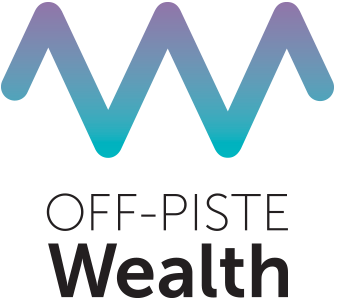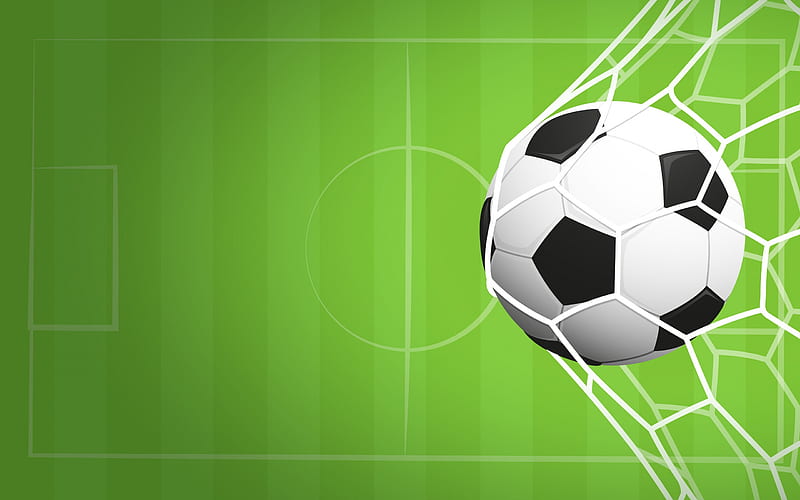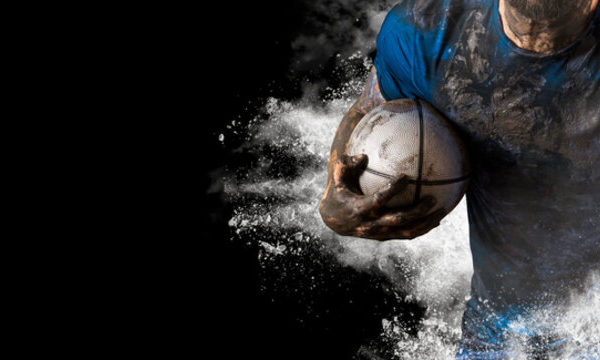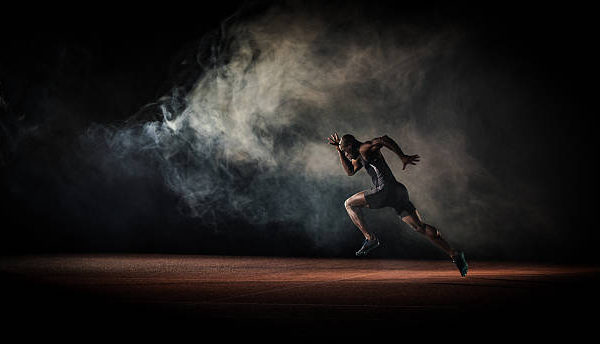Understanding the Difference Between Playing and Commercial Income in Football.
This article aims to provide a comprehensive understanding of the difference between playing and commercial income in UK football, with a focus on image rights.
It explores the legal structures, tax considerations, and the potential benefits of setting up image rights companies (IRCs) for footballers.
In the realm of professional football in the United Kingdom (UK), players have the opportunity to generate income not only from their performance on the field but also from commercial endeavours.
Image Rights in Football:

Image rights in football refer to a player’s likeness, encompassing their image, name, nickname, voice, signature, and other unique characteristics that hold commercial value.
These rights allow players to exploit their personal brand for sponsorship and endorsement activities, creating additional income streams beyond their playing contracts.
Legal Structures and Tax Considerations:

To capitalise on their image rights, footballers often establish IRCs. An IRC is a separate legal entity that enables players to manage and monetize their image rights separately from their playing contracts.
Setting up an IRC can offer potential tax benefits for players, as the license fees paid by clubs to the IRC are subject to corporation tax rates, currently set at 19% below £250,000 and up to 25% above this threshold.
Tax Comparison: Playing Income vs. Image Rights Income:

The tax implications of image rights income compared to playing income can vary significantly. Players’ wages are subject to income tax rates of up to 45%, while license fees paid to IRCs are subject to lower corporation tax rates.
Playing income refers to money paid to the athlete via Pay As You Earn (PAYE). Tax is charged depending on the tax band you are in.
| Personal Allowance | Up to £12,570 | 0% |
|---|---|---|
| Basic rate | £12,571 to £50,270 | 20% |
| Higher rate | £50,271 to £125,140 | 40% |
| Additional rate | over £125,140 | 45% |
By structuring their income through an IRC, footballers may reduce their overall tax liabilities and potentially retain more of their earnings as image rights income.
This is because corporation tax is charged on profits only. The UK Corporation Tax rate is currently 25% for all limited companies. Up until April 2023, the previous Corporation Tax main rate was 19%. The 25% main rate is payable by companies with taxable profits above £250,000.1.
Once the company is making a profit (after deductions and expenses), company owners can also elect to take income via dividends which is charged at the following rates.
- 0% on the first £1,000 from dividends (this is called the Dividend Allowance)
- 0% if your total income is under the Personal Allowance (£12,570)
- 8.75% if you’re a basic rate taxpayer.
- 33.75% if you’re a higher rate taxpayer.
- 39.35% if you’re an additional rate taxpayer.
As a result of all this, athletes could save money by drawing income from a company structure, rather than into their own personal bank accounts.
HMRC Guidelines and Restrictions:

Image rights deals are legal; however, it is crucial for players and clubs to seek legal and tax advice when structuring IRCs and entering into image rights agreements. The Premier League and HMRC have established guidelines to regulate image rights deals.
Premier League clubs are generally limited to spending no more than 15% of their overall commercial revenue on separate image rights deals with players. Additionally, the value of image rights deals between clubs and players’ IRCs is typically restricted to a maximum of 20% of the player’s overall remuneration package, although exceptions may be made for players with exceptional image rights value.
Evolution of Taxation on Image Rights:

Taxation related to image rights has undergone scrutiny and changes over the years. The UK’s HMRC has increased its focus on payments made to corporate entities that hold and exploit sportspersons’ image rights.
Recent developments, such as the Rangers Case and the publication of a consultation document on tax avoidance, suggest increased scrutiny and the need for commercial justification for payments to image rights companies. Employers are advised to review their remuneration arrangements and seek advice to ensure compliance.
Recognising Image Rights as Assets:
Although English courts have not recognized a general right of protection for celebrity images or personalities, the commercial and tax value of image rights in the sports industry is acknowledged.
Assigning image rights to a company can be seen as a valuable asset, particularly for tax purposes. While existing legal concepts accommodate the value of image rights, legal scholars continue to explore the evolving commercialization of image rights and its impact on the law.
Conclusion:
In conclusion, playing and commercial income in UK football differ significantly, with image rights playing a crucial role in generating additional revenue for players.
Understanding the legal structures, tax considerations, and regulations surrounding image rights is essential for footballers and clubs. By setting up IRCs and managing image rights separately, players can potentially reduce their tax liabilities and maximize their earnings from commercial activities.
However, it is crucial to seek professional advice and adhere to the guidelines set by organizations like the Premier League and HMRC to ensure compliance and avoid tax-related issues.




